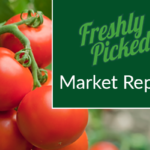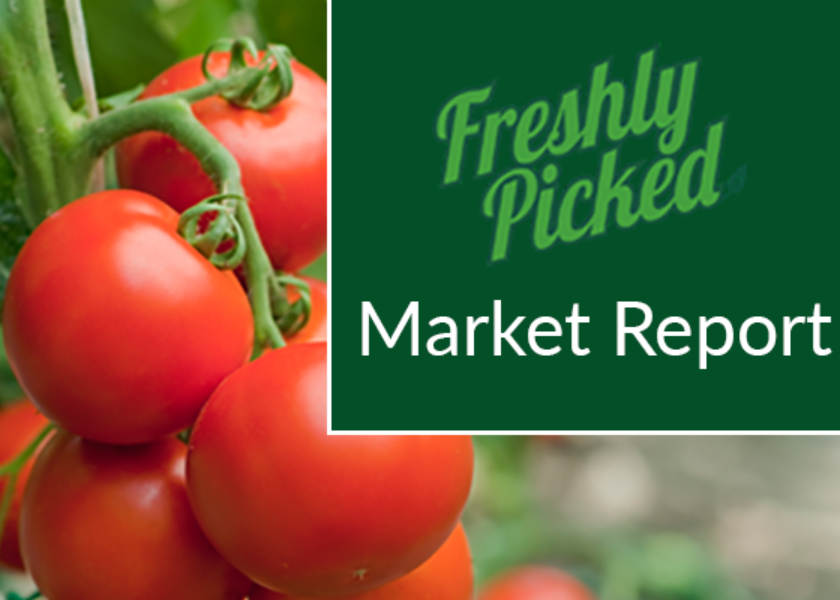Alerts & What’s Trending
- Strategic Success for Multi-Unit Restaurants: Partnering with Consolidated Concepts
- Data-Driven Spend Management: Foodservice Success with Buyers Edge Platform
- How Restaurants Can Find Success in Saturated Digital Landscape
- Why Bar and Restaurant Owners Should Capitalize on Live Sports Entertainment
- How Consumers Engage with QSRs
Produce
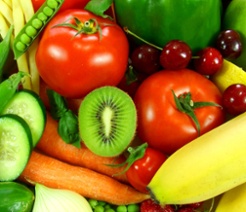
Increased demand, growing region transitions, and weather effects continue to negatively impact supplies on many commodities and are expected to remain elevated over the next several weeks. The Yuma transition is complete, but a few items are shipping from Salinas, and all value-added shippers have transitioned. Quality is expected to improve out of the desert region, but growers still see issues such as lighter weights, seeders, twist, and increased insect pressure.
Grains
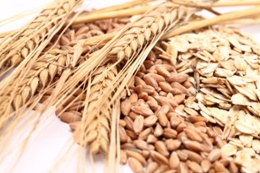
: Last week, soybean oil prices declined further as dealers kept liquidating their holdings and purchasing soybean meal. Good demand is being experienced, and energies are beginning to rise. There is a strong market for biofuels, so expect some increased trading. The demand for canola seed is low for exports. Palm is flat to up with good availability and low demand.
Dairy
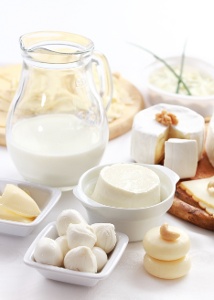
This week’s markets for shell eggs are up. Block and barrel sales are declining. It’s butter time. The prices for November’s Cream and Culture will be higher.
Beef
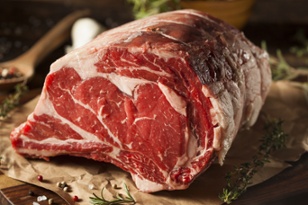
Following two weeks of substantial harvests and a decrease in the overall cutout, packers have reduced their output. Chuck rolls and the grind complex are the main causes of this week’s decline in the beef market. Beef interest is lukewarm this season as we approach the turkey-heavy Thanksgiving holiday. Throughout the animal, the upper 2/3 or CAB product is still in a well-sold position.
Pork
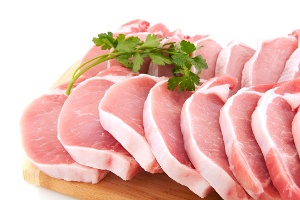
Even while there is some counter seasonal movement with butts, the demand for pork is still declining. Next week saw an upsurge in boneless butts and B/I along with some rekindled enthusiasm. Although currently trading sideways, ribs should start to move lower. Due of low demand, loins are declining. Bellies are also continuing to go downward.
Poultry
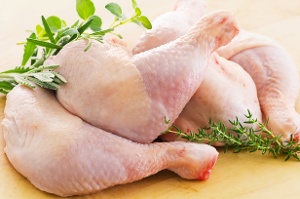
During the height of the chicken industry’s growth season, larger birds with greater yields are the outcome. The breasts are beginning to contract. There are open tenders. Demand for wings of all sizes has somewhat decreased. Demand for dark meat is still strong. Most birds as a whole are steady.
Seafood
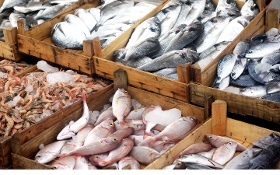
According to reports, Peru reopened its second anchovy season three days ago, although there is still a shortage. Although the market for imported shrimp is currently at all-time lows, prices should soon start to rise again. The market for tilapia is plateauing following issues with inventory. As the holidays approach, clam products should see an increase in use.

